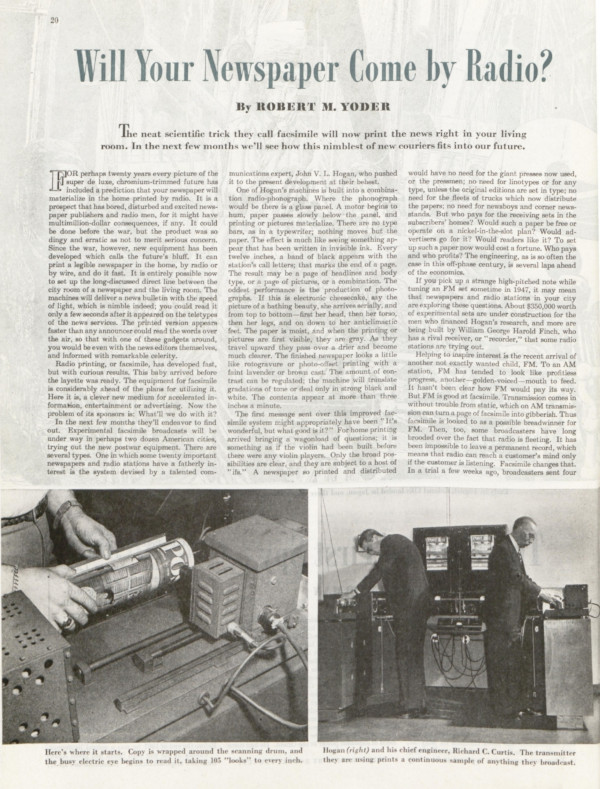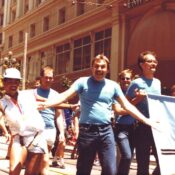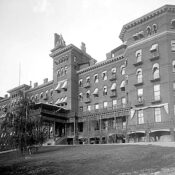A newspaper so printed and distributed would have no need for the giant presses now used, or the pressmen; no need for linotypes or for any type, unless the original editions are set in type; no need for the fleets of trucks which now distribute the papers; no need for newsboys and corner newsstands.
But who pays for the receiving sets in the subscribers’ homes? Would such a paper be free or operate on a nickel-in-the-slot plan? Who pays and who profits? The engineering, as is so often the case in this off-phase century, is several laps ahead of the economics. It’s as if the violin had been built before there were any violin players.
—“Will Your Newspaper Come by Radio?” by Robert M. Yoder, November 23, 1946

This article is featured in the November/December 2021 issue of The Saturday Evening Post. Subscribe to the magazine for more art, inspiring stories, fiction, humor, and features from our archives.
Featured image: Gus Pasquarella / SEPS
Become a Saturday Evening Post member and enjoy unlimited access. Subscribe now




Comments
The technology discussed here was more advanced for the mid-1940’s than what would eventually come in reality, but not for almost another 5 decades. Read the article linked at the bottom. This was also less than a year before Chuck Yeager broke the sound barrier flying over the Mojave Desert!
I think the term ‘off-phase century’ used above really meant ‘abnormally accelerated’. To think things had gone from essentially still the horse and buggy era just 40 years earlier to all this. They were already talking about newspapers (and by extension) magazines becoming obsolete even then. That’s partly what two world wars did.
Television was invented in 1927, the year before my mother was born. It makes me realize there was an even greater difference from that time to 1946 (when she was 18) than from the same time span of mine. Who knows what things would have been like by ’46 without the Depression, then World War II’s interruptions. Whiplash!